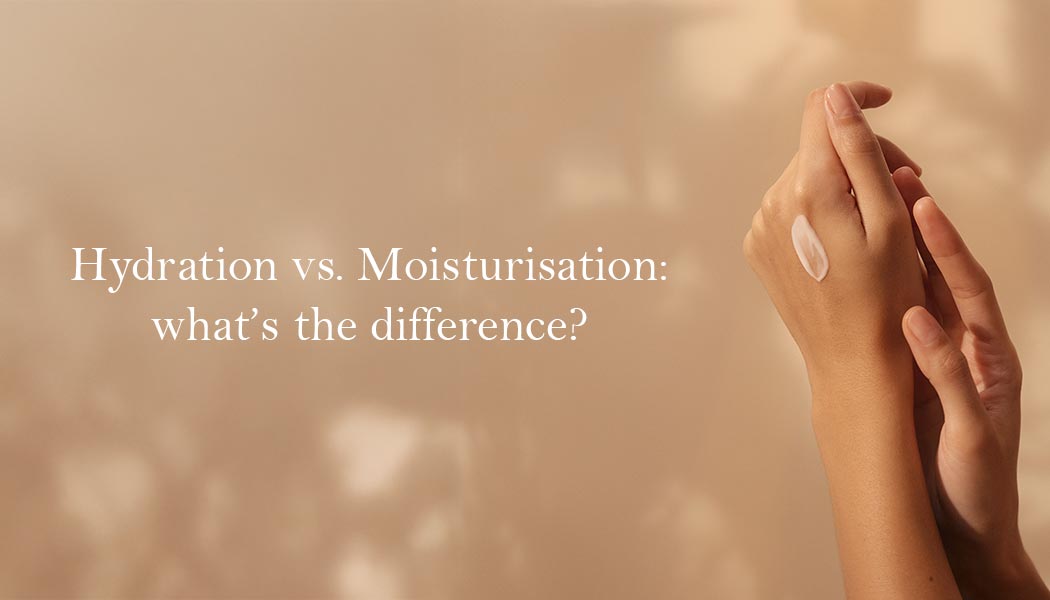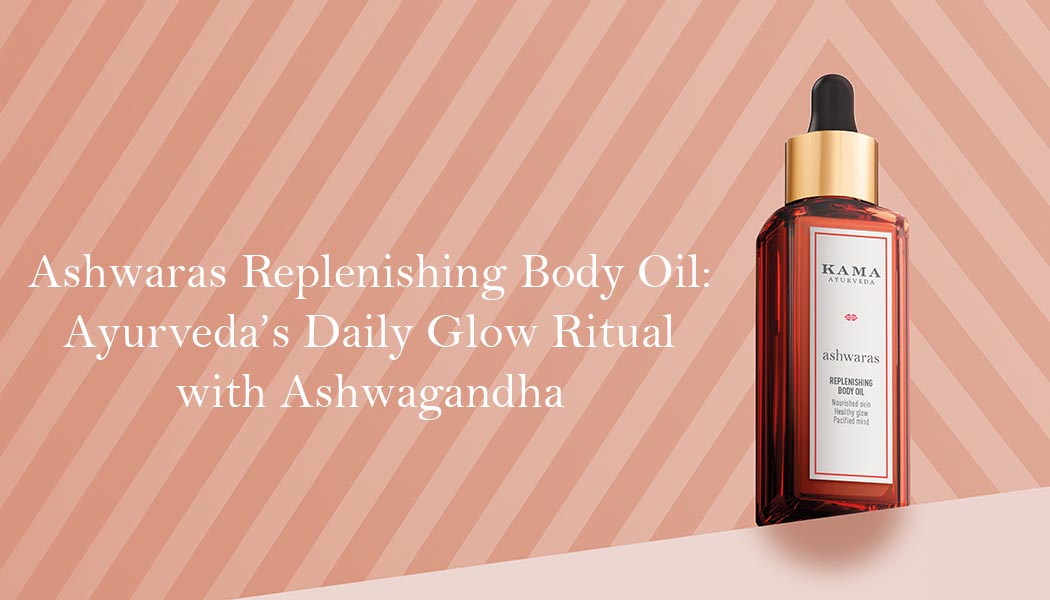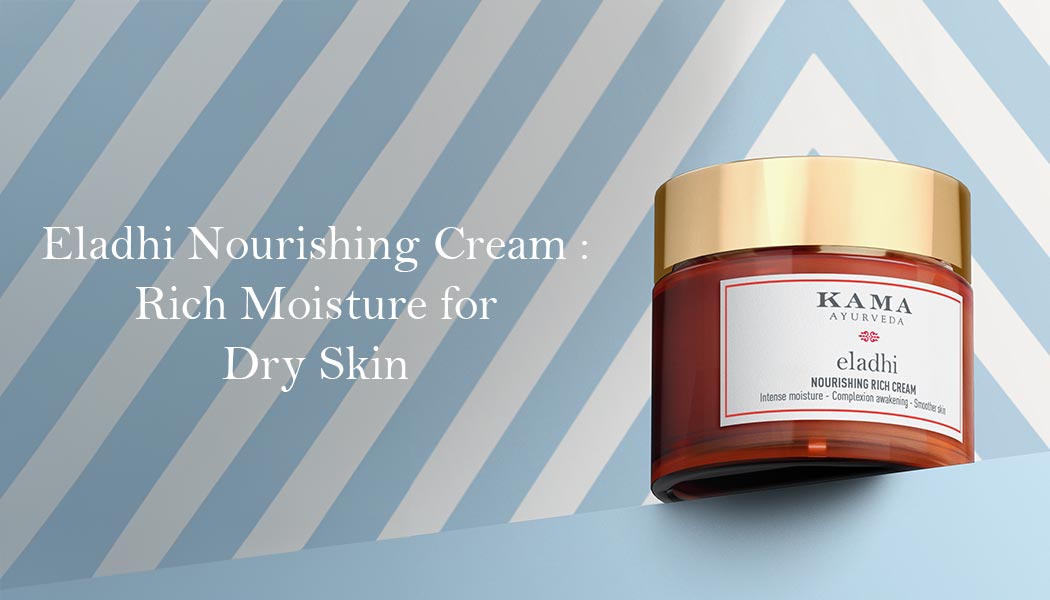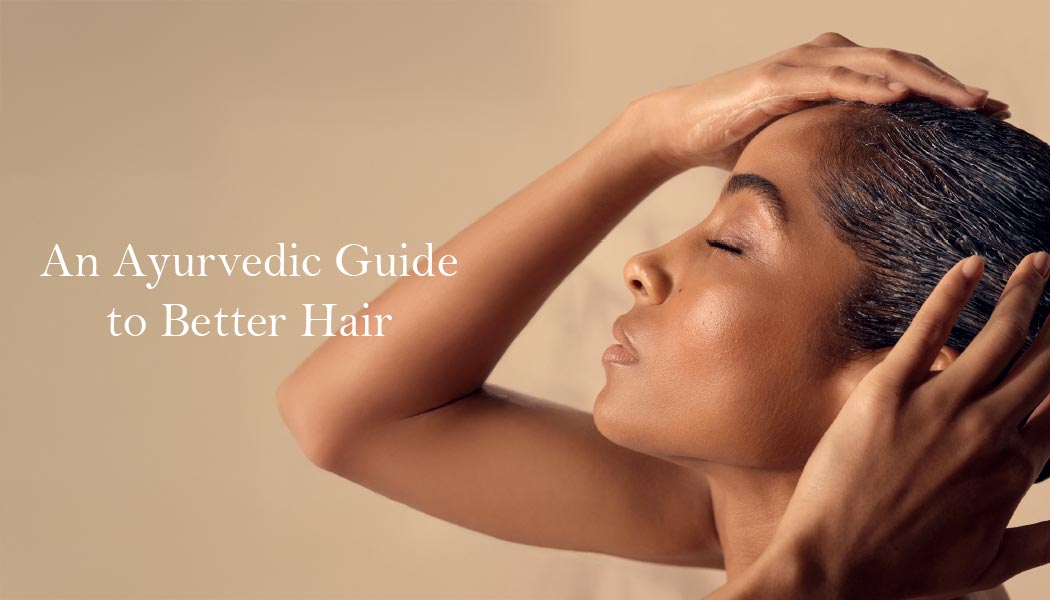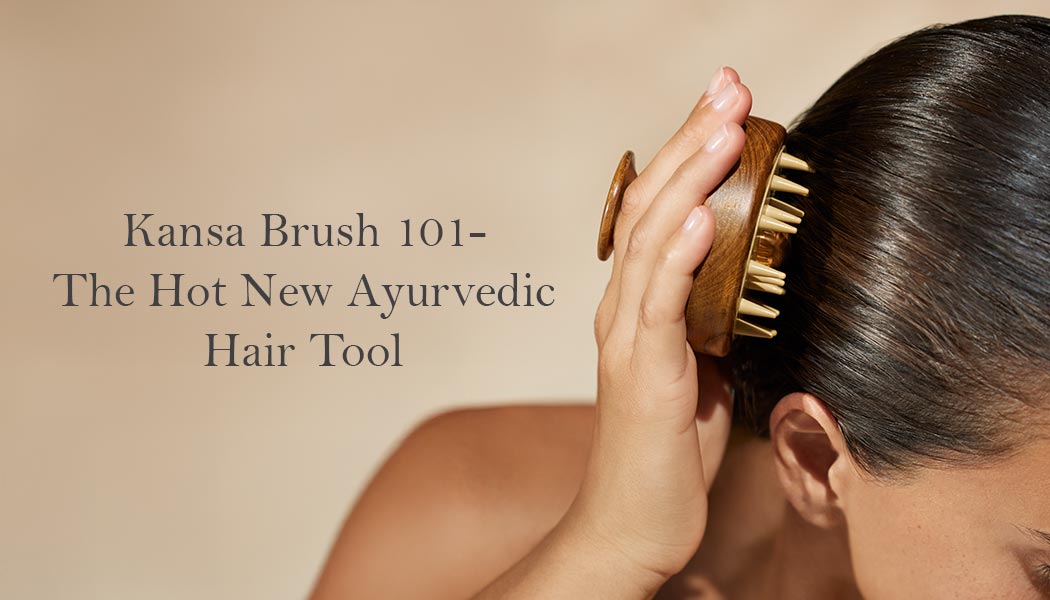- 23 January 2024
- 7 mins read
Abhyanga, an ancient practice from Ayurveda, India's traditional system of medicine, is a unique form of massage that's about more than just relaxation. It's a daily ritual where you massage your body with warm, herbal oil.
This isn't just any massage – it's a way to care for your body and mind, to make yourself feel balanced and rejuvenated.
In this article, we'll explore the gentle art of Abhyanga, how it benefits you, and how you can incorporate it into your daily routine. It's a simple yet powerful practice that can help you feel more connected with yourself, bringing a sense of calm and well-being into your life.
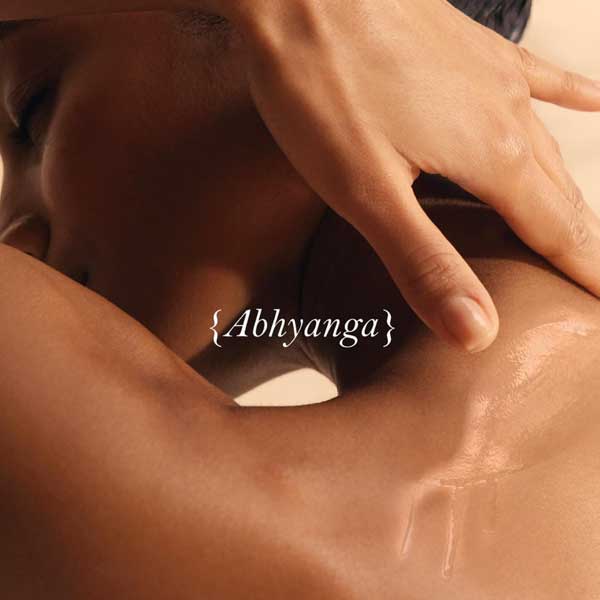
What Is Abhyanga?
Abhyanga is a traditional self-massage technique from India, deeply rooted in the ancient wellness system of Ayurveda. It involves gently massaging the body with warm, often herbal-infused oil. This technique goes beyond just easing muscle tension; it's a holistic practice aimed at improving overall well-being.
In Abhyanga, the use of specific oils and gentle massage strokes are believed to help balance the body's energy, promote emotional well-being, and enhance physical health.
How To Select The Right Oil For Abhyanga
Selecting the right oil for Abhyanga is crucial for maximizing its benefits. The choice of oil largely depends on one's individual constitution or dosha:
- For Vata: This dosha is characterized by dryness and coldness. Sesame oil, with its warming and nourishing properties, is ideal for Vata types. It helps in moisturizing and soothing the dry Vata skin.
- For Pitta: This dosha has attributes of heat and intensity. Cooling oils like coconut or sunflower are recommended for Pitta. These oils help in calming the inherent heat of Pitta skin types.
- For Kapha: Being heavy and cool in nature, Kapha types benefit from warming and light oils like mustard or grapeseed. These oils stimulate and invigorate the Kapha body without increasing heaviness or oiliness.
- Seasonal Considerations: In warmer months, lighter oils are preferable, whereas in colder seasons, heavier oils can be more beneficial.
- Herbal Infusions: Infusing oils with herbs specific to your needs can enhance the therapeutic effects of Abhyanga. For example, adding calming herbs for stress relief or invigorating herbs for boosting energy.
- Quality of Oil: Always choose high-quality, organic, and cold-pressed oils to ensure you receive the full benefits without any harmful additives.
It's advisable to consult an Ayurvedic practitioner to determine the most suitable oil for your specific needs and constitution.

Steps To Follow For Abhyanga (Self Massage)
For an effective Abhyanga self-massage:
- Prep the Oil: Warm your oil gently, it’s your potion for relaxation.
- Scalp Soothing: Begin with your head, massaging the scalp in soothing circles.
- Face and Ears Pampering: Gently massage your face and ears, nurturing every curve.
- Limbs and Joints Dance: Glide along your arms and legs, and dance around the joints with circular motions.
- Abdomen and Chest in Harmony: Move in gentle, rhythmic circles over your abdomen and chest.
- Feet Focus: Give extra love to your feet, they carry you through the day.
- Relax and Absorb: Post-massage, take a moment to soak in the tranquility.
- Warm Bath Finale: Conclude with a warm, soothing shower or bath.
- Soft Towel Hug: Pat your body dry with the softest touch.

Top Benefits Of Abhyanga - Self Massage
Regularly practiced, Abhyanga (Self Massage) is seen as a way to nurture the body, reduce stress, and maintain a healthy balance of mind, body, and spirit.
It's a therapeutic ritual that combines the healing properties of touch with the natural benefits of medicinal herbs, providing a soothing and rejuvenating experience. Let’s look at its top benefits -
1. Enhanced Circulation and Detoxification
Traditional Ayurvedic texts, like the Charaka Samhita, emphasize the role of Abhyanga in promoting circulation and aiding in the removal of metabolic wastes.
Modern research supports this, suggesting that massage can enhance blood flow and lymphatic drainage, aiding in the detoxification process.
2. Stress Reduction
The Sushruta Samhita, another key text in Ayurveda, highlights the calming effects of oil massage.
Contemporary studies align with this, showing that massage therapy can significantly reduce cortisol levels (a stress hormone) in the body, thus alleviating stress and anxiety.
3. Improved Muscle and Joint Health
Ayurvedic principles state that Abhyanga can balance Vata dosha, which governs movement and is associated with the muscles and joints.
Research in sports medicine often finds that massage can reduce muscle stiffness and improve joint mobility, which is in line with these traditional beliefs.

4. Skin Revitalization
The use of herbal oils in Abhyanga is known for their skin benefits, as mentioned in Ayurvedic texts.
Modern dermatological research confirms that certain oils can hydrate the skin, improve elasticity, and provide essential nutrients, leading to healthier skin.
5. Better Sleep Patterns
The calming effect of Abhyanga on the nervous system, as described in Ayurvedic literature, is believed to promote better sleep.
This is corroborated by studies in the field of sleep medicine, where massage therapy has been shown to improve sleep quality, particularly in individuals with sleep disorders.
6. Balancing Body Energies
The concept of balancing doshas (Vata, Pitta, Kapha) through Abhyanga is central in Ayurvedic texts. While the direct correlation of this principle is challenging to measure in modern science, the overall holistic improvement in health through regular massage is well-documented.

7. Immunity Boost
Ayurveda suggests that regular Abhyanga can strengthen the body's immunity. This is supported by scientific research indicating that massage can boost the immune system by increasing the activity of natural killer cells and reducing inflammatory cytokines.
8. Emotional Well-being
The psychological benefits of massage, including emotional healing and enhanced well-being, are well recognized in both ancient texts and contemporary psychological studies.
The tactile stimulation during a massage is known to release endorphins, the body's natural 'feel-good' hormones.
9. Aging and Vitality
Ayurvedic texts like Charaka Samhita suggest that regular Abhyanga promotes youthfulness and vitality. Contemporary research on skin care indicates that massage can improve skin elasticity, potentially reducing signs of aging.
10. Muscle Tone and Firmness
The improvement in muscle tone and limb firmness through Abhyanga aligns with Ayurvedic principles of balancing Vata.
Modern physiotherapy research supports the notion that regular massage can enhance muscle tone and firmness.

What to Expect Before, During, and After Abhyanga
Before Abhyanga:
Prepare by selecting an appropriate oil based on your dosha. Warm the oil to a comfortable temperature. Choose a calm, warm place for the massage, ensuring privacy and comfort.
During Abhyanga:
Start with a scalp massage, moving to the face and ears, then covering each part of the body with mindful strokes. Use circular motions on joints and long strokes on limbs. The process should be meditative and unhurried, focusing on nurturing and relaxation.
After Abhyanga:
Allow the oil to soak into your skin for about 15 minutes. This helps in deeper penetration of the oil for maximum benefit. Following this, take a warm bath or shower, which aids in removing excess oil and further relaxes the body.
Post Abhyanga, you might feel a profound sense of relaxation and rejuvenation. Your skin will likely feel nourished and softer. Many people also report better sleep quality and a reduction in stress levels after regular Abhyanga practice.
This routine encapsulates a holistic approach to self-care, aligning with the principles of Ayurveda for physical and mental well-being.
FAQs About Abhyanga
Q: How often should you perform Abhyanga?
A: Ayurveda suggests incorporating Abhyanga into your daily routine for optimal benefits. However, even practicing it a few times a week can be beneficial.
Q: What type of oil should be used for Abhyanga?
A: The choice of oil depends on your dosha (body type) and the season. Common oils used include sesame oil for Vata, coconut oil for Pitta, and sunflower or mustard oil for Kapha. Herbal-infused oils tailored to specific needs can also be used.
Q: Can Abhyanga be done at home?
A: Yes, Abhyanga can be easily practiced at home. It can be a self-massage or performed by a family member. The key is to use warm oil and follow the recommended massage strokes.
Q: Is Abhyanga suitable for everyone?
A: While Abhyanga is generally safe, it's not recommended for pregnant women, people with certain medical conditions, or those who have just undergone surgery. It's always best to consult with a healthcare provider or an Ayurvedic practitioner before starting.
Q: How long does an Abhyanga massage take?
A: A full Abhyanga massage can take anywhere from 15 to 45 minutes, depending on how much time you have and the extent of the massage.
Q: What should I do after an Abhyanga massage?
A: After the massage, it's recommended to relax for a bit to allow the oil to absorb into the skin. Following this, a warm bath or shower can help to remove excess oil, leaving the skin feeling refreshed and nourished.
Q: Can Abhyanga help with specific health issues?
A: While Abhyanga is known for its overall wellness benefits, it can also be tailored to address specific health issues like muscle stiffness, joint pain, or stress. However, it should be part of a comprehensive treatment plan for specific health issues.
Q: Are there any precautions to take during Abhyanga?
A: Yes, it's important to use oil that's comfortably warm and not hot, to avoid slipping during the massage, and to be gentle on sensitive areas of the body. If you have any health concerns, consult a professional before starting.
Shreya Dalela is a certified Yoga instructor and a professional dancer trained at The Danceworx. She’s passionate about Ayurveda and holistic living with over 6 years of experience in doing extensive research and content creation in the domain.








